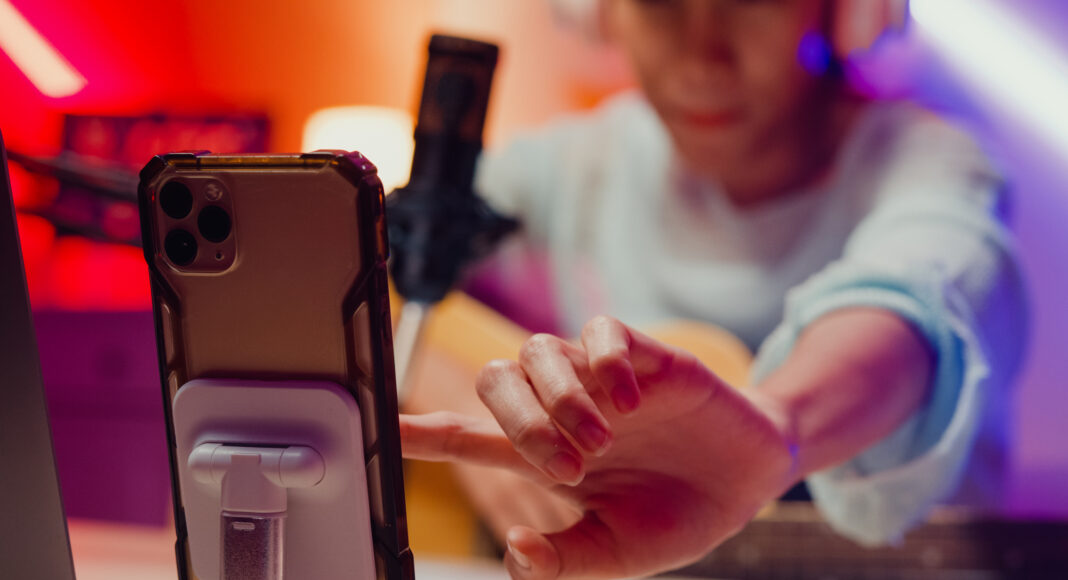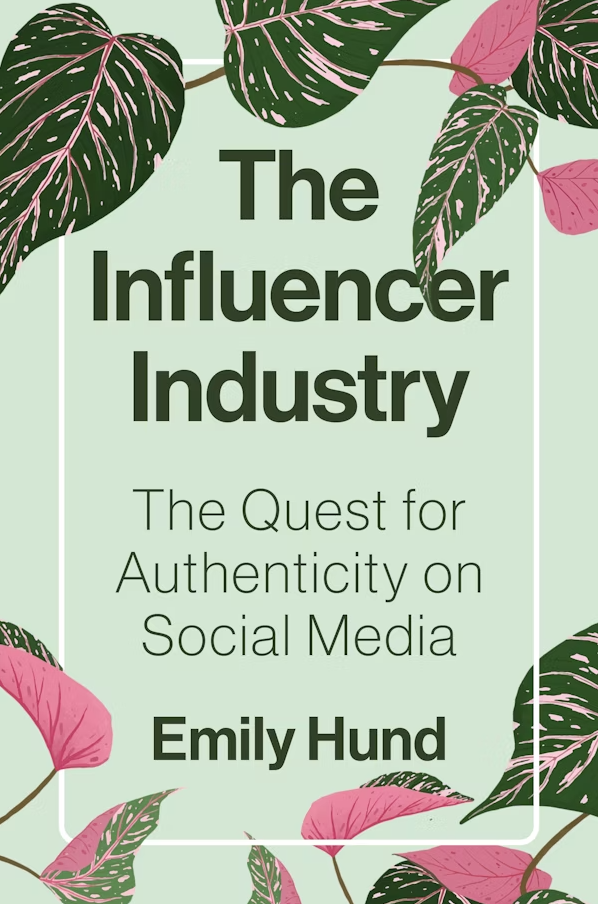The following is an excerpt from the new book, THE INFLUENCER INDUSTRY: The Quest for Authenticity on Social Media © 2023 by Emily Hund. Check out the Capitalisn’t interview with the book’s author.
In the summer of 2021, Instagram released a series of announcements and video content intended to inform and engage the platform’s influencers. In one video, when asked how influencers can continue to be successful when they feel “like the algorithm is working against them,” Instagram head Adam Mosseri responded:
“One of the most important things is to experiment, to try new things and figure out what’s resonating with your audience now because it might be different from what it was a half a year, a year ago. There are other broad things. I think leaning into video is good. Videos need to be catching the first two seconds to get people’s attention as they scroll by in the feed. I wish there was a silver bullet. I wish there was just a formula I could hand over to you, but there isn’t.”
The content and tone of Mosseri’s advice is telling. Under the guise of making himself available to answer influencers’ questions, he did not tell them much at all. Trying new things has always been the bedrock of influencers’ work. Their problem is that the rules seem to have changed again with no transparency, and the person who should be able to explain why and how better than anyone will not be straightforward about it. Further, by the time this video was released, it had become clear that all manners of dishonest, harassing, or otherwise negative content can perform quite well. Suggesting influencers “figure out what’s resonating” in a time when mis- and disinformation is flourishing seems inappropriate at best, and reckless at worst. This exchange illustrates what influencers have long understood—that they are ultimately on their own.
Influencers’ work creates enormous value for brands and social media companies, but the growth in their cultural and economic importance has not necessarily changed their precarious positions. As this book has shown, the platforms and brands to whom influencers are beholden incentivize them to be always “on,” frequently pivoting their skills and continually sharing personal stories but in a monetizable way—when the definition of what is “monetizable” frequently changes. Booking campaigns and getting paid for them typically happens at the mercy of others, and pay discrepancies and discrimination are rife. Influencers’ work has become critical to the commercial sphere, but it is not sustainable in its current form.
Influencers must recognize themselves as the cultural laborers they are and organize accordingly, through unionization and other professionalization efforts. Some of this has begun: the SAG-AFTRA contract and the development of the American Influencer Council discussed in chapter 5 are two optimistic developments on this front. But more can be done. The incentive structure needs to change—technologically and culturally—such that content creators are incentivized to adhere to professional standards rather than simply “what resonates.” As media and cultural historian Fred Turner observed of the influencer landscape, “The performance of individualism—the revelation of the whole person in the context of public debate that was meant for so long to be a bulwark against totalitarianism—has also allowed today’s authoritarians to claim a new legitimacy.” As a professional group, influencers must install their own bulwarks against authoritarianism, and hold themselves responsible to each other, their audiences, and empirical realities.
It is worth noting here that the very term influencer carries implicit meanings, with consequences for how, when, and by whom it is used. Recall that in Socrates’s and Shakespeare’s times, influence had a negative connotation, associated with “a kind of irrational servility.” In its more recent history in marketing and quantitative social science, “influencer” was often neutral or positive—a person with an important role to play, sometimes one they couldn’t help playing. In the influencer industry, the term has become loaded. Some influencers, for example, don’t appreciate the insinuation that their work is nefarious, intended only to get people to behave in certain ways. Others argue that “influencer” is tied up in outmoded marketing discourses and is unevenly applied to women. Still others believe their work has become more sophisticated than the “influencer” term implies. As South Korean beauty influencer Pony told Glossy:
“I do think it’s time for a new word. There isn’t anything wrong with “influencer,” but I see myself as a curator and an educator. I work with brands and use their brand story and products to spread makeup artistry around the globe. We have reached a period where we need another term that can encompass everything. The industry is growing, and influencers are changing. Roles and responsibilities are evolving, and it’s time we adapt and not limit ourselves.”
In an effort to resolve some of these issues, social media companies, brands, and influencers have increasingly adopted the term “creator.” And indeed, media scholars Stuart Cunningham and David Craig have argued convincingly for its use as a term to encapsulate the many forms of social media content producers thriving today, from vloggers and livestreamers to Instagrammers and TikTok stars. While I acknowledge these merits and support workers’ moves toward self-definition, I also cannot help but notice a key difference. “Influencer,” as it evolved in recent years, requires some proof: a certain number of people have done something based on something you posted. Not everyone influences on these terms—but we can all “create.” In this way, a shift in language appears quite advantageous for social media companies. If more and more people can view themselves through the influencer paradigm—as “creators” with boundless potential—that could attract more users to social media, more time spent on apps creating content, and more people experiencing the world through the constraints of industrialized authenticity
Excerpted from THE INFLUENCER INDUSTRY: The Quest for Authenticity on Social Media © 2023 by Emily Hund. Reprinted by permission of Princeton University Press.
Articles represent the opinions of their writers, not necessarily those of the University of Chicago, the Booth School of Business, or its faculty.







